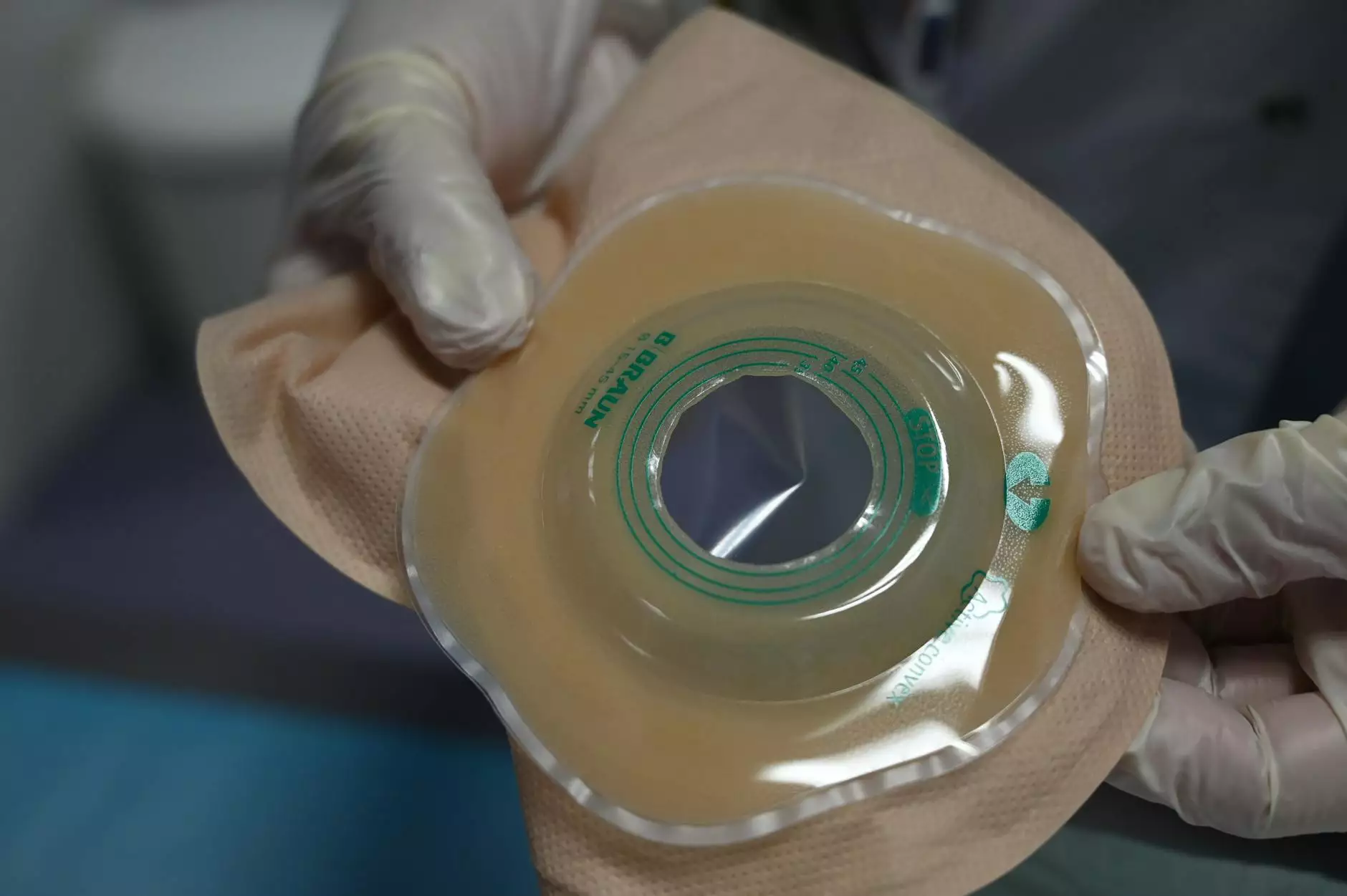DVT Arm Symptoms: Understanding and Managing Deep Vein Thrombosis

Deep vein thrombosis (DVT) is a serious condition that occurs when a blood clot forms in a deep vein, typically in the legs. However, it can also occur in the arms. Recognizing DVT arm symptoms is crucial for timely diagnosis and treatment. This article delves into the symptoms, causes, and preventive measures for DVT, especially when it occurs in the arm.
What is DVT?
DVT is a vascular condition that can lead to severe complications if not treated properly. It is characterized by the formation of a blood clot that obstructs blood flow in the deep veins. While it most commonly affects the legs, factors such as extended immobility, certain medical conditions, and trauma can lead to the development of clots in the arms as well.
Understanding DVT Arm Symptoms
Recognizing the symptoms of DVT in the arm is critical for early intervention. Here are some common DVT arm symptoms to be aware of:
- Swelling: The most noticeable symptom is swelling in the affected arm. This swelling is often due to the accumulation of fluid as the blood flow is obstructed by the clot.
- Pain or Tenderness: Individuals may experience pain or tenderness in the arm, which can be a dull ache or a sharp pain, especially if the arm is used.
- Red or Discolored Skin: Skin over the affected area may appear red, bluish, or discolored due to poor circulation.
- Warmth: The affected arm may feel noticeably warmer to the touch compared to the other arm.
- Increased Fatigue: Patients may experience increased fatigue or heaviness in the arm which complicates regular activities.
Causes of DVT in the Arm
Understanding the underlying causes of DVT in the arm can help in prevention and management. The following factors can increase the risk:
- Prolonged Immobility: Long periods of inactivity or immobility, such as during travel or recovery from surgery, can increase the risk of clot formation.
- Injury: Trauma to the arm, such as fractures or surgical wounds, can lead to the development of clots.
- Medical Conditions: Conditions like cancer, heart disease, and genetic clotting disorders increase susceptibility to DVT.
- Hormonal Factors: Hormone replacement therapy or use of contraceptives can affect blood coagulation, leading to an increased risk of clots.
- Age and Obesity: Older adults and those with obesity are at a higher risk for all forms of DVT due to decreased physical activity and other health complications.
Diagnosis of DVT
If you suspect that you have DVT, it’s important to seek medical attention immediately. Healthcare providers use various methods to diagnose DVT in the arm, including:
- Physical Examination: The doctor will assess your symptoms and the affected arm for swelling, warmth, and skin color changes.
- Ultrasound: This imaging test uses sound waves to create a picture of the blood flow in the arm's veins to identify any clots.
- D-dimer Test: A blood test that measures the level of D-dimer, a substance released when a blood clot breaks down. Elevated levels may indicate the presence of a clot.
- Venography: In some cases, a special dye is injected into the veins, and X-rays are taken to highlight any abnormalities or clots.
Treatment Options for DVT
Once DVT is diagnosed, treatment is essential to prevent complications such as pulmonary embolism. Treatment options include:
- Anticoagulants: Also known as blood thinners, these medications help prevent further clotting and allow the body to dissolve existing clots.
- Compression Stockings: Wearing compression stockings may help reduce swelling and relieve pain in the affected arm.
- Thrombolytics: In severe cases, thrombolytic medications may be prescribed to dissolve large clots quickly.
- Inferior Vena Cava (IVC) Filter: In patients who cannot take anticoagulants, a filter may be placed in the inferior vena cava to catch clots before they reach the lungs.
Preventing DVT in the Arms
Preventing DVT is crucial, especially for those at high risk. Here are some effective strategies:
- Stay Active: Regular physical activity improves circulation and helps prevent clot formation.
- Avoid Prolonged Immobility: Schedule breaks during long flights or driving trips to move around and stretch your limbs.
- Maintain a Healthy Weight: Managing body weight through diet and exercise can significantly reduce your risk of developing DVT.
- Stay Hydrated: Proper hydration supports healthy blood circulation and decreases clot risk.
- Post-Surgical Care: Follow your doctor's instructions about mobility and rehabilitation after surgery, including wearing compression stockings if advised.
When to Seek Medical Help
Recognizing the need for prompt medical attention is crucial. Seek help if you experience:
- Sudden swelling in one arm.
- Severe pain or tenderness that isn’t consistent with previous injuries.
- Signs of a pulmonary embolism, such as shortness of breath, chest pain, or rapid heart rate.
The Role of Truffles Vein Specialists
At Truffles Vein Specialists, we understand the complexities surrounding vascular health and the importance of prompt diagnosis and treatment of conditions like DVT. Our team of qualified specialists is dedicated to providing personalized care tailored to your unique needs.
With advanced diagnostic tools and a comprehensive treatment approach, we strive to ensure that our patients receive the best possible care. From prevention education to managing existing conditions, our goal is to maintain your vascular health and improve your quality of life.
Conclusion
DVT arm symptoms can be alarming, but early detection and treatment can lead to positive outcomes. By understanding the symptoms and seeking timely medical intervention, you can navigate this serious condition effectively. Remember, maintaining a proactive approach to your health can significantly reduce the risk of DVT. For any concerns regarding DVT arm symptoms or vascular health, do not hesitate to reach out to Truffles Vein Specialists for expert guidance and support.









